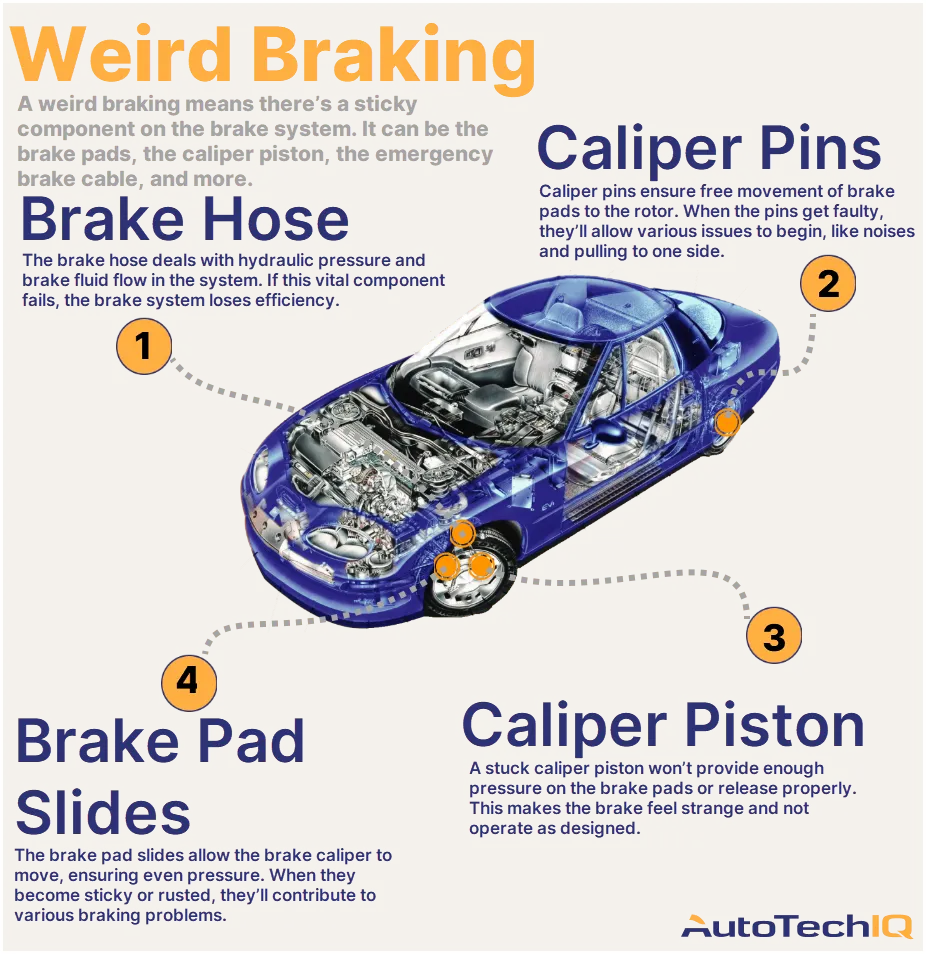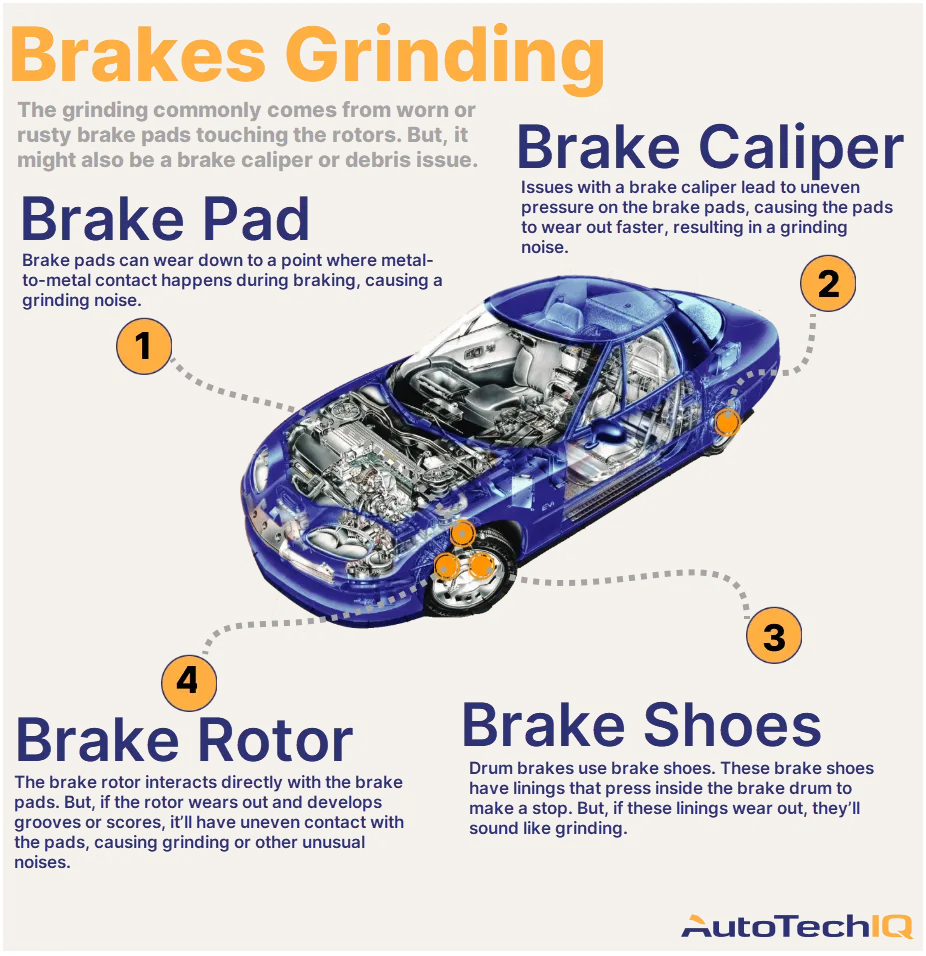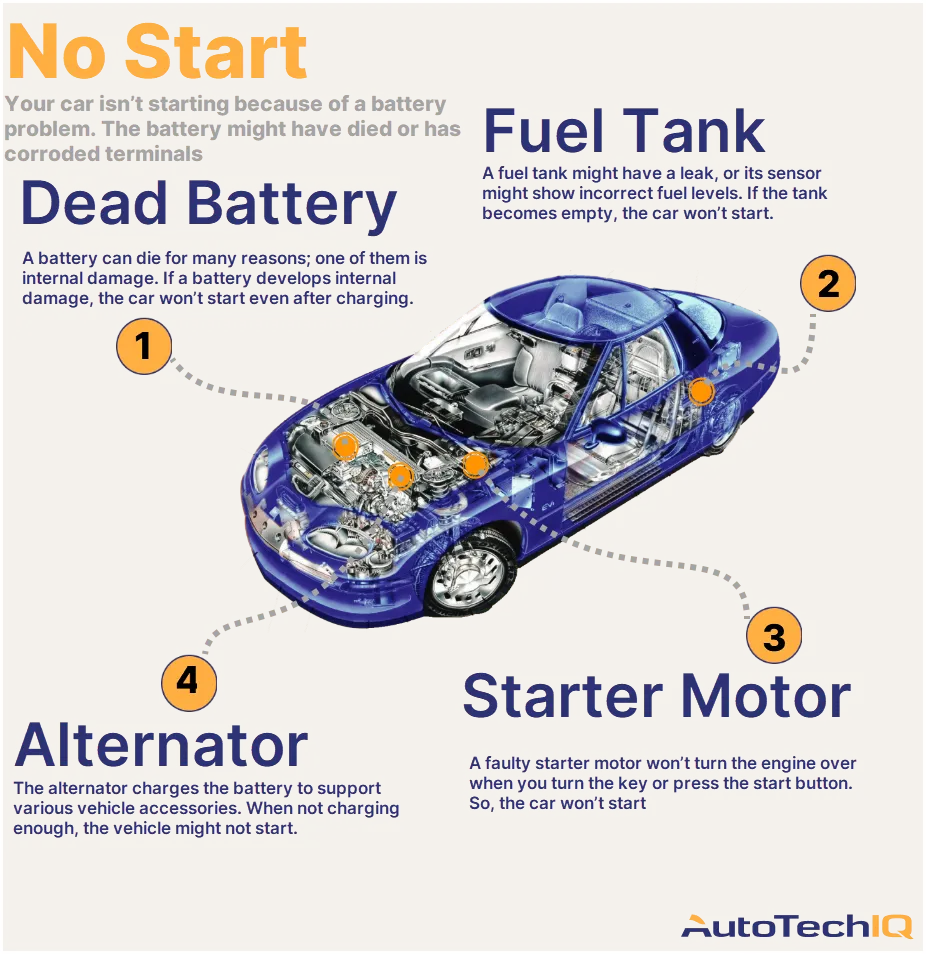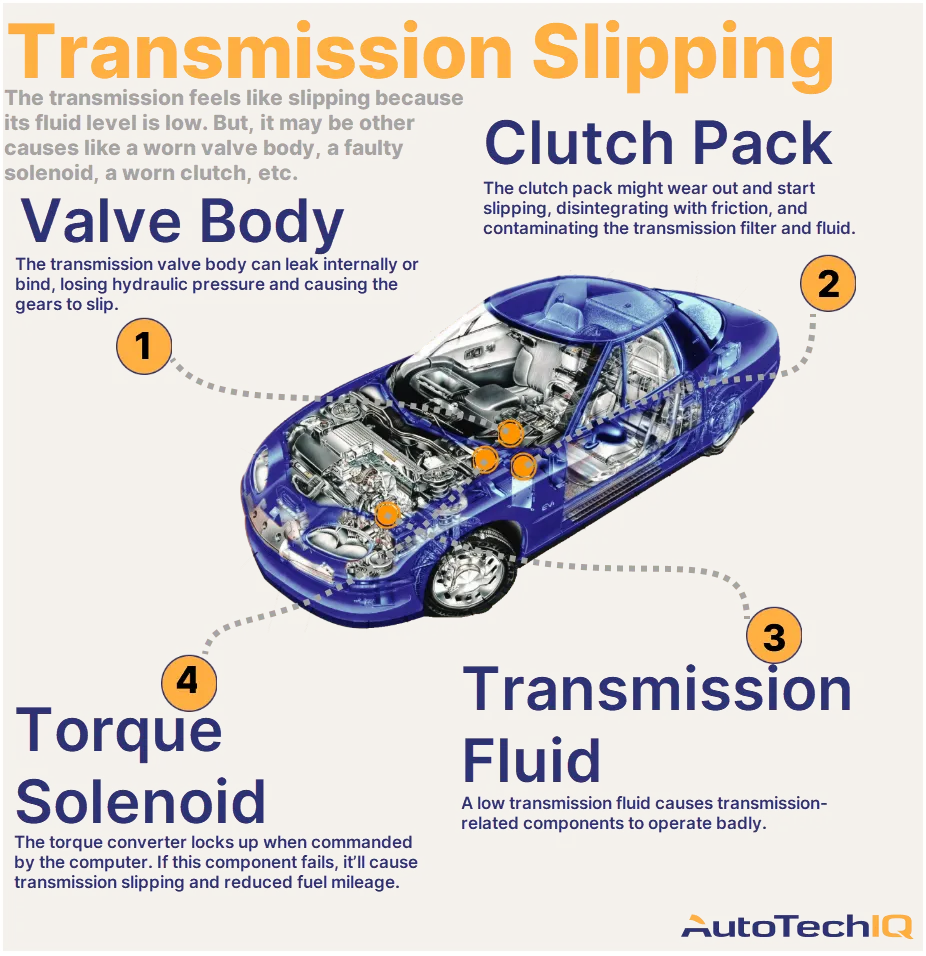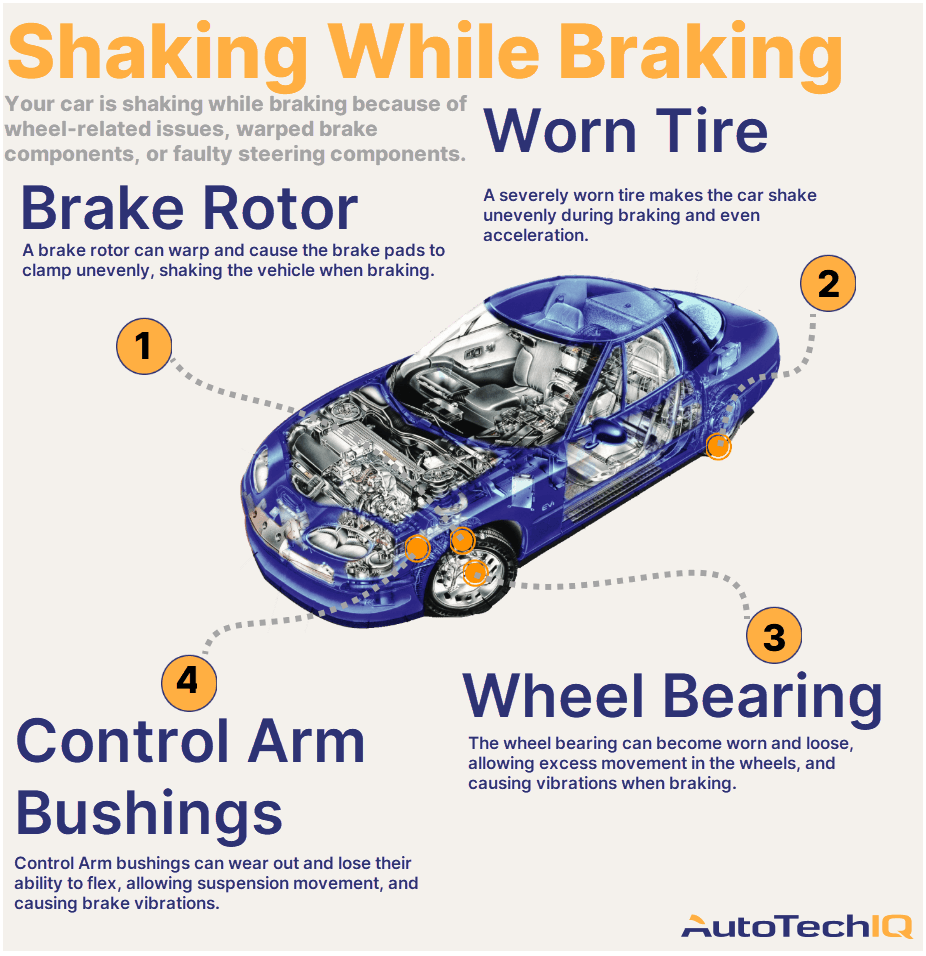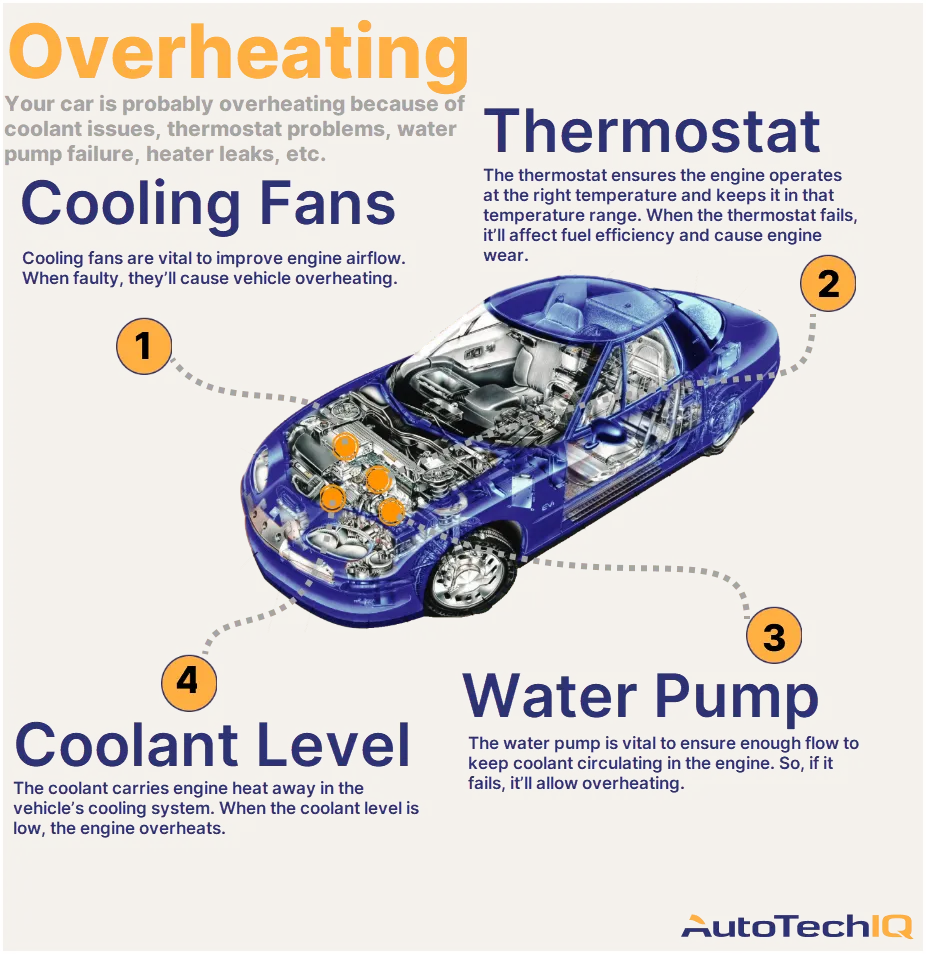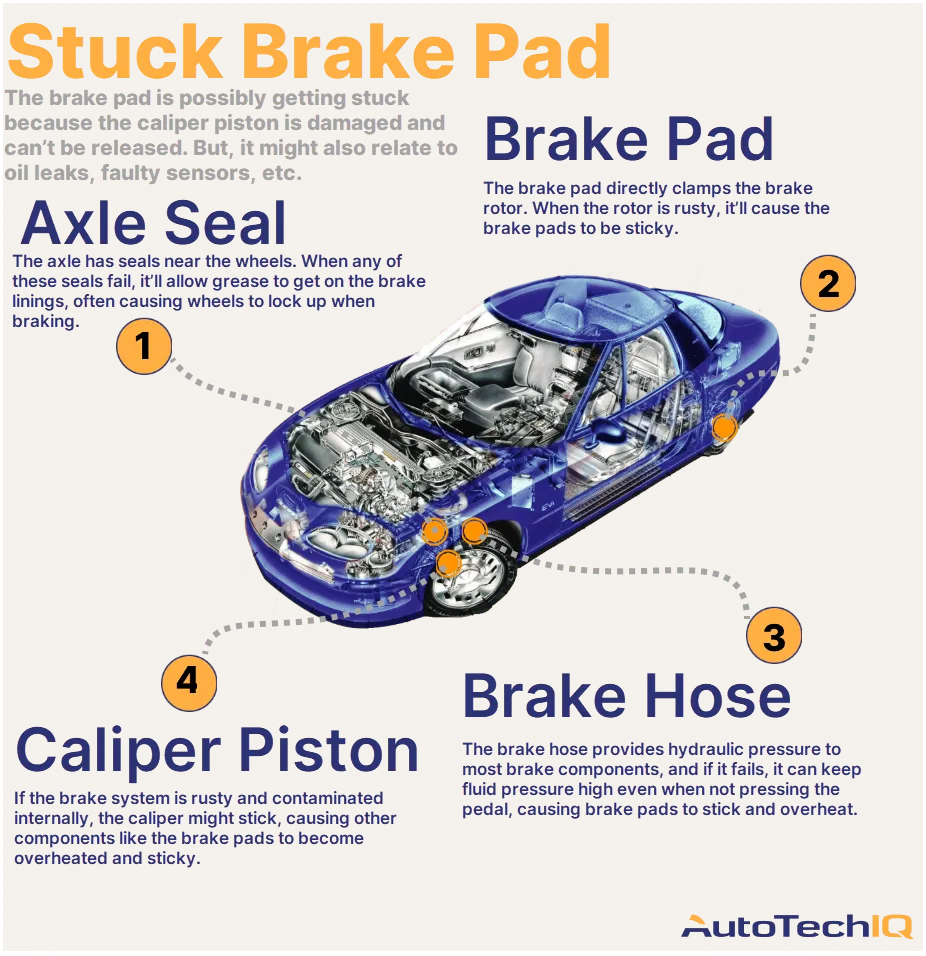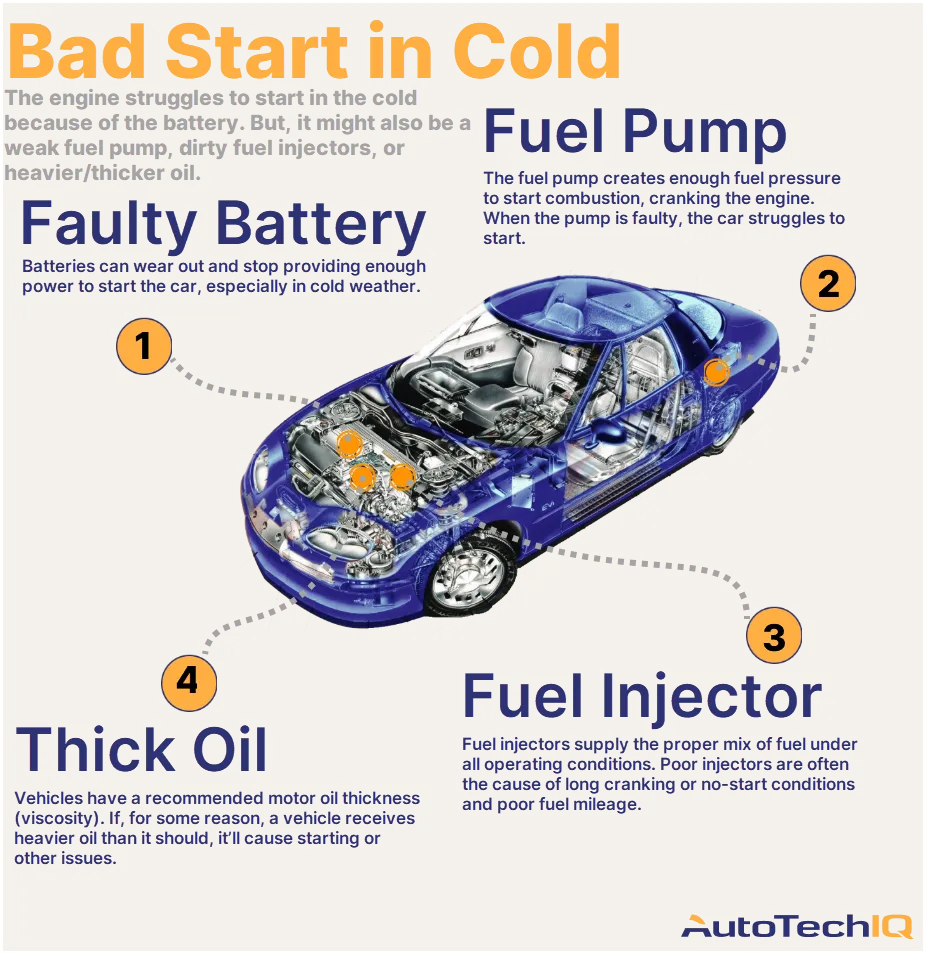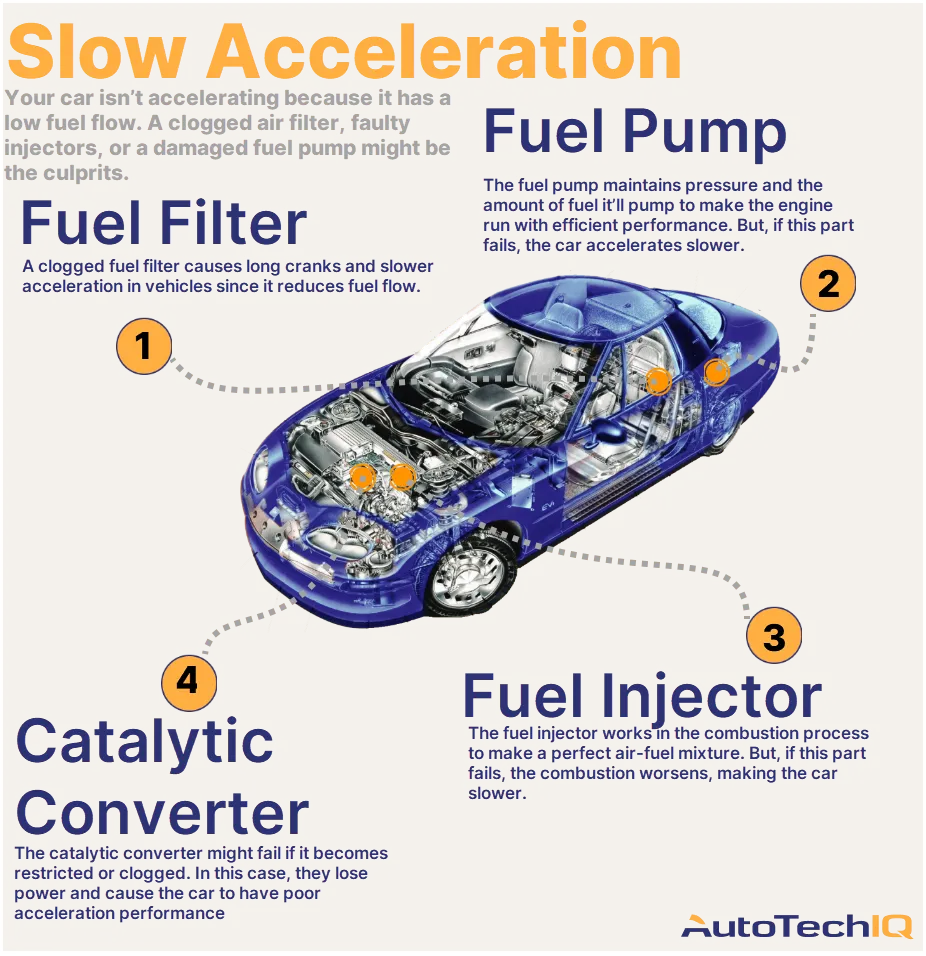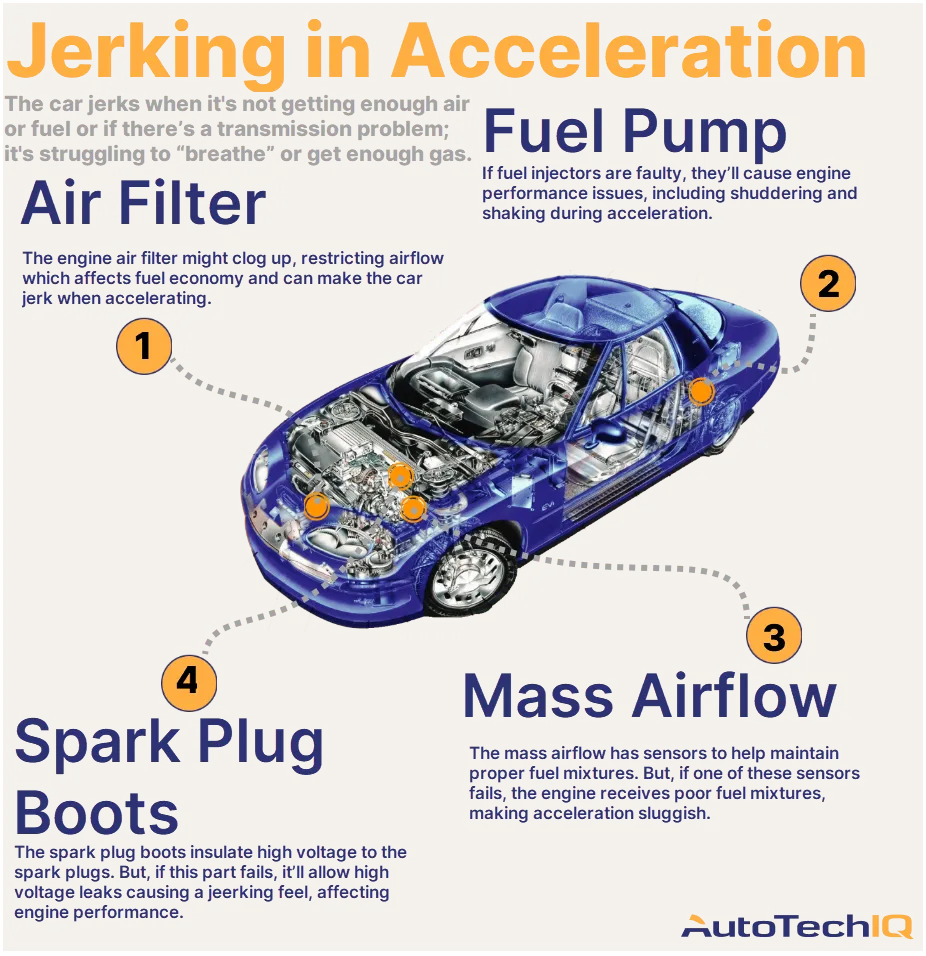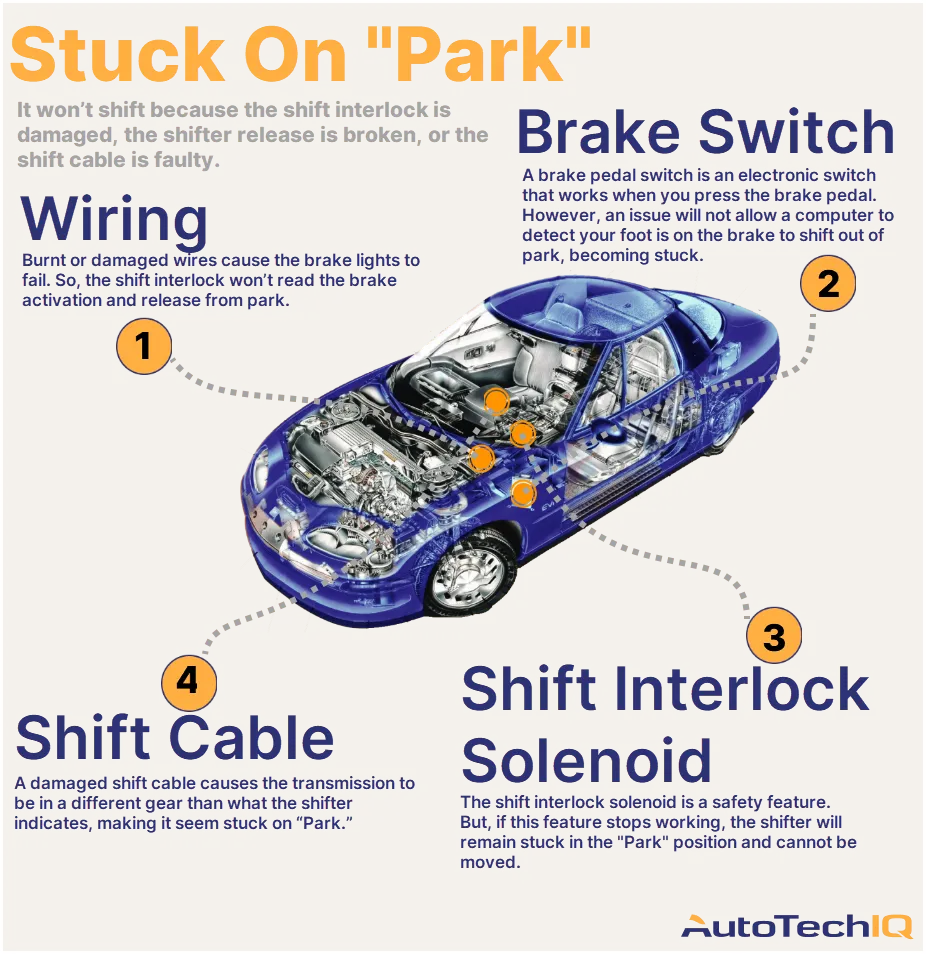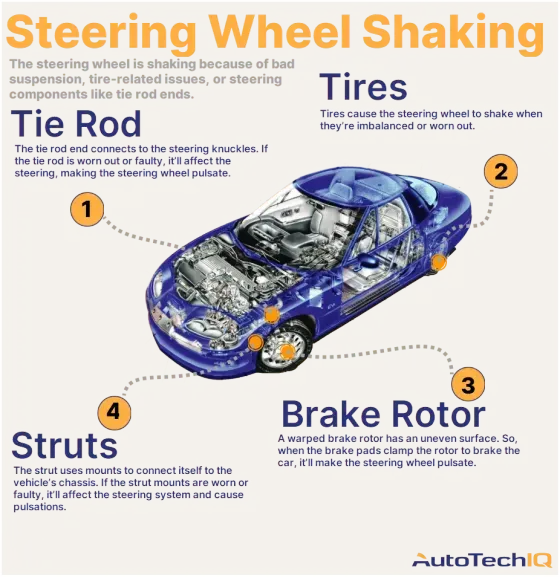
Is Your Car's Steering Wheel Shaking?
The steering wheel is shaking because of bad suspension, tire-related issues, or a loose tie rod. In this sense, the wheels could be bent or out of balance. Alternatively, it might be the brake rotors if it only shakes when braking.
The steering wheel puts you in control of your vehicle. Since you're constantly touching it, it's an easy place to notice irregularities across the steering, braking, and suspension systems of your car. Also, since the steering wheel has so many parts, it might indicate several problems if it vibrates.
Because the steering wheel guides your tires, it's often the first thing associated with a troubling vibration. However, since the brakes are connected to the wheels, the suspension, and the axles, there could be many points where this disturbance originated. No matter the cause, the feeling that you can't control your vehicle while driving is unsettling and often presents a serious safety concern.
Watch out: A shaking steering wheel can offer a clue as to what is wrong with your vehicle. Paying attention to your speed and road conditions is the first step toward identifying what is malfunctioning in the chain of parts that connect you to the road. Whatever the cause, stopping vibrations in your steering wheel means stopping jolting that causes wear on many of your vehicle's crucial parts.

